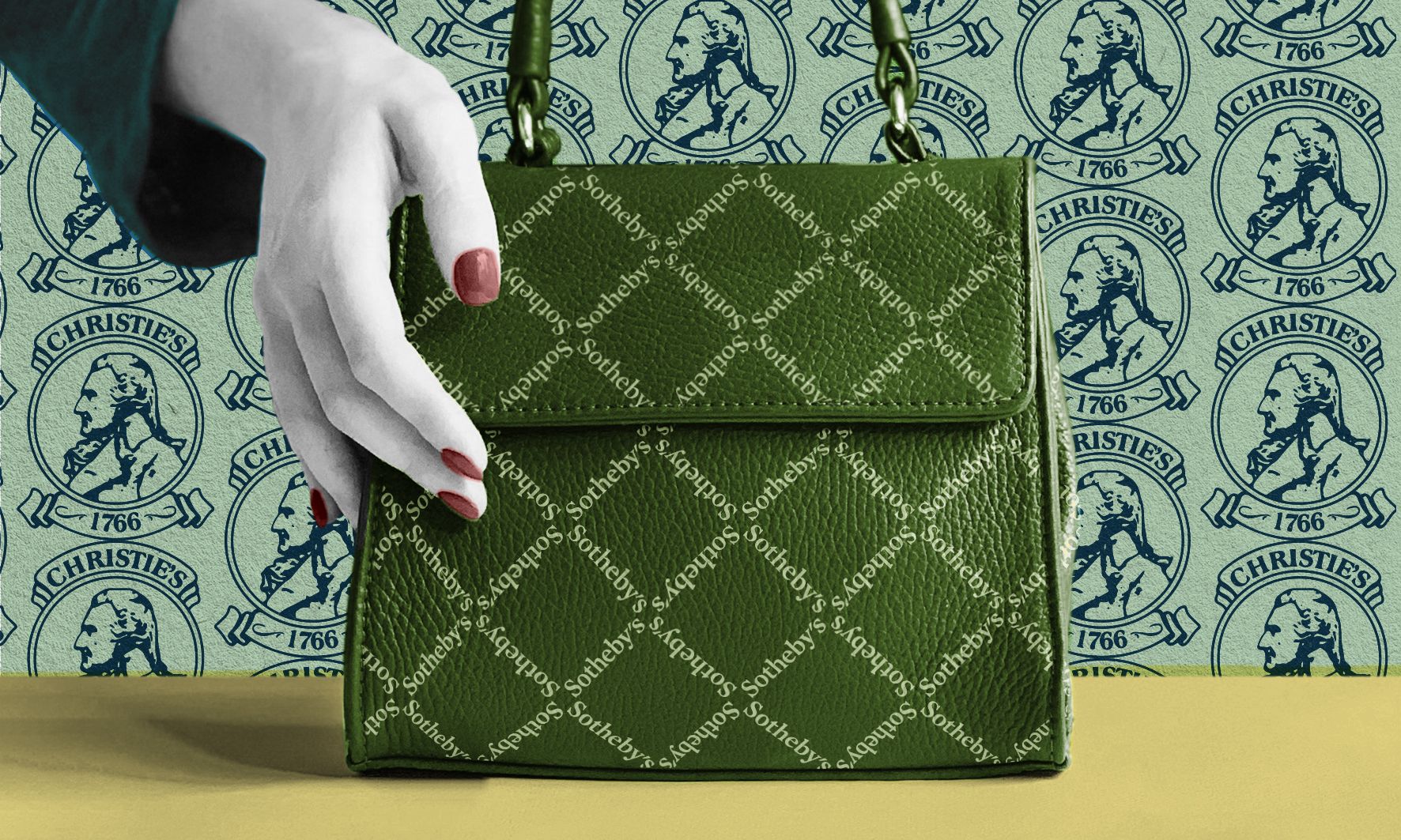© Katherine Hardy
Georgina Adam, our editor-at-large, comments on major art market trends and their impact on the trade. Her column appears on the first Thursday of every month on our website and in our Art Market Eye newsletter in which our art market editors Anna Brady, Anny Shaw and Kabir Jhala analyse the latest news and works coming up for sale. Sign-up here
The figures for 2023 are in, and they don’t make totally happy reading for the auction market. Sotheby’s took first place with $7.9 billion in turnover, while Christie’s reported $6.2 billion. However, each house noted a contraction in auction sales, a whopping -25% for Christie’s, a tiddly -1.5% for Sotheby’s. But look more closely: the Christie’s figure for 2023 looks bad compared with 2022, which saw the smashing success of the Paul Allen collection. Take that out and Christie’s sales shrank by “just” 7%. Sotheby’s sales include $925m for cars, through its wholly owned company RM.
But in both cases there is one area that is unashamedly healthy and growing, and that is luxury goods. Sotheby’s reported a stunning +27.8% growth in the sale of luxury goods in 2023, and Christie’s a more modest 16%.
Both, and indeed other, auction houses agree—luxury goods are the number one “gateway drug” for the fine art market. They attract a new, younger demographic which starts by buying handbags and then, with or without a little push from the firm, moves on to more expensive items in the fine art field.
Christie’s made this clear when it announced its results, calling handbags and accessories the “top recruiter” with 59% of all buyers being millennials or younger; the firm told me that in 2023, “38% of new & returning handbags clients (buyers/bidders) bought and/or bid in another department.”
Sotheby’s has jumped headfirst into the luxury lifestyle market in numerous ways, notably with a retail outlet in Zurich and a car show in Miami which, for a cool $1,748.25 (the most expensive ticket) enables visitors to look at the hottest supercars, savour gourmet meals and shop luxury goods. The firm explains that luxury sales in the US were up 25% compared with 2022—and that a record number of buyers are in their 20s.
What explains all this? Rachel Koffsky, the head of handbags at Christie’s, points out two elements that she says have stimulated the market. The first is more historic: “During the pandemic, people were at home, they had stimulus cheques or weren’t able to spend on other things, and they went online,” she says. She also points to a growing awareness of luxury goods thanks to social media, TikTok and other sites.
Where is this heading? The auction houses have found a rich seam of works to sell outside the art sector, and for years their mastheads have included “luxury” alongside “art”. Much appears to be investment-driven and the return to sale is increasingly rapid. For example, Christie’s 197-lot November sale in Hong Kong of handbags and accessories featured no less than 37 lots made in 2023—so obviously not intended to be actually worn.
However, the auction houses can’t abandon art, which is by far the biggest grossing part of their business. But by offering luxury goods, they ally themselves with lifestyle, find new buyers and incidentally emphasise their own credentials as heritage businesses. One of the selling points of luxury goods is that they have a long tradition (even if this is not always the case); the auction houses never miss the opportunity to point out that they are over 250 years old. Old firms, new markets….

